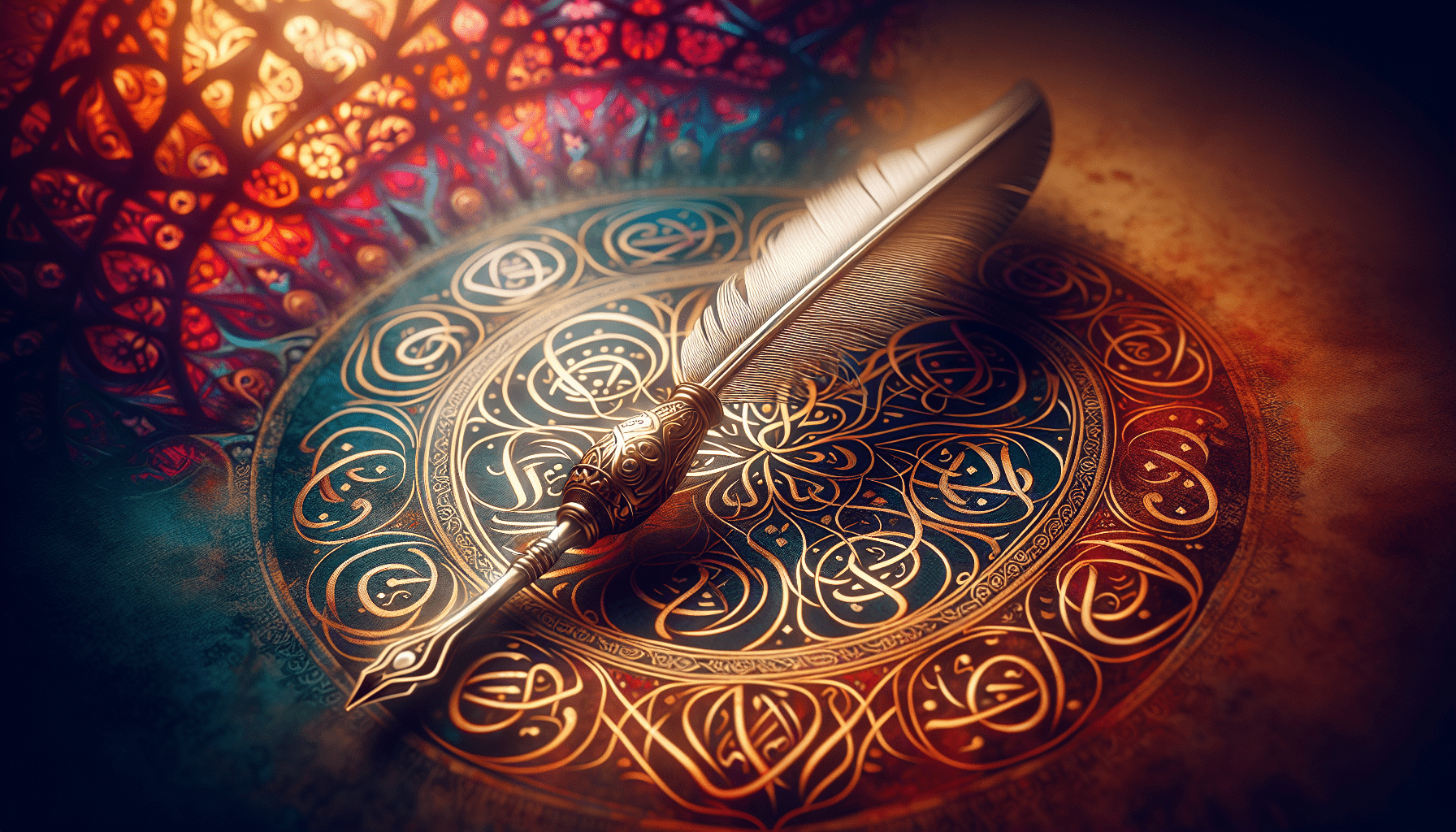Immerse yourself in the rich history and exquisite beauty of Turkish calligraphy with a fascinating exploration into the art form’s origins and the opportunity to participate in engaging workshops. Discover the intricate techniques and cultural significance behind this centuries-old tradition as you delve into the strokes and swirls that make up Turkish calligraphy. From its roots in Islamic art to its modern-day expression, this article will provide you with a captivating glimpse into the world of Turkish calligraphy and inspire you to get hands-on with this captivating art form at one of the immersive workshops available.

